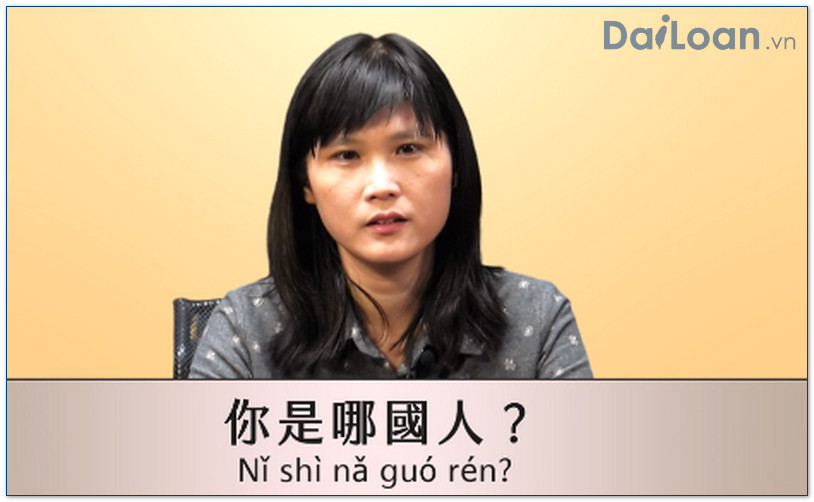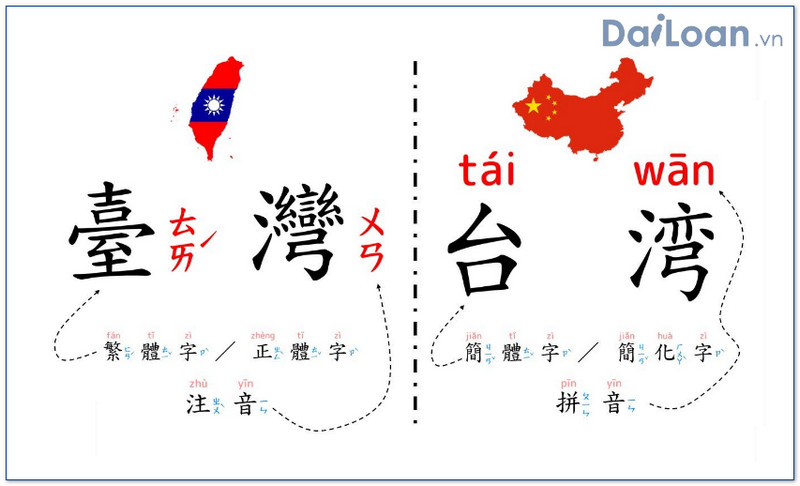In the rich tapestry of the Chinese language, particles play a critical role in conveying nuances and emotions. One such particle is 啦 (la). Understanding its meaning and grammatical structure can significantly enhance your ability to communicate effectively in Chinese. This article will delve into the meaning of “啦”, its grammatical usage, and provide practical example sentences to illustrate its application.
What is “啦” (la)?
At its core, 啦 (la) is a sentence-final particle typically used to indicate a change of state, to add emphasis, or to soften commands. It often conveys a casual or familiar tone, making the conversation feel more friendly and less formal.
Meanings and Contexts
- Change of State: “啦” can signal a shift in situation or state.
- Emphasis: It can emphasize an assertion or feeling.

- Informality: “啦” promotes a casual and familiar discourse.

- Softening Commands: It can make a command or suggestion less abrupt.
Grammatical Structure of “啦” (la)
In terms of grammar, “啦” is a final particle that appears at the end of a sentence. Its position can influence the tone and meaning of the sentence. In Chinese, the placement of particles is crucial for the intended meaning.
Placement in Sentences
While “啦” is primarily positioned at the end of statements, it can also sometimes appear in questions or commands to enhance friendliness or urgency.
- Statement Example: “我来了啦!” (Wǒ lái le la!) – “I’ve come!”
- Command Example: “快点啦!” (Kuài diǎn la!) – “Hurry up!”
Interaction with Other Elements
“啦” can co-occur with other sentence-final particles, enhancing the sentence’s expressive quality. For instance, it can be used alongside 呢 (ne) or 嘛 (ma) to convey different shades of meaning.
Example Sentences Using “啦” (la)
To better understand how “啦” is used in conversation, let’s explore some practical examples.
Casual Conversations
- Example 1: “今天真热啦!” (Jīntiān zhēn rè la!) – “It’s really hot today!” (Emphasizing the heat)
- Example 2: “你来了啦!” (Nǐ lái le la!) – “You’ve come!” (Indicating a change).
Commands and Requests
- Example 3: “吃饭啦!” (Chīfàn la!) – “Let’s eat!” (Making it sound more inviting).
- Example 4: “不要担心啦!” (Bùyào dānxīn la!) – “Don’t worry!” (Soothing tone).
Playful Exchanges
- Example 5: “我不知道啦,你问他!” (Wǒ bù zhīdào la, nǐ wèn tā!) – “I don’t know, you should ask him!” (Light-hearted tone).
- Example 6: “我们快走啦!” (Wǒmen kuài zǒu la!) – “Let’s go quickly!” (Encouraging statement).
Conclusion
Understanding the nuances of “啦 (la)” can enrich your conversational skills in Chinese. As you practice using it, you’ll find that it helps convey emotion and intention more effectively, making your speech sound more natural and engaging. Keep experimenting with different contexts and notice how the meaning shifts based on your usage of this versatile particle.
Whether you’re a language learner or a fluent speaker, mastering the use of “啦” can bring a new dimension to your Chinese communication. So, go ahead and sprinkle it into your conversations! Happy learning!

Sứ mệnh của Chuyên là giúp đỡ và truyền cảm hứng cho các bạn trẻ Việt Nam sang Đài Loan học tập, sinh sống và làm việc. Là cầu nối để lan tỏa giá trị tinh hoa nguồn nhân lực Việt Nam đến với Đài Loan và trên toàn cầu.
CÓ THỂ BẠN QUAN TÂM
Du học Đài Loan
Lao Động Đài Loan
Việc Làm Đài Loan
Đơn Hàng Đài Loan
Visa Đài Loan
Du Lịch Đài Loan
Tiếng Đài Loan
KẾT NỐI VỚI CHUYÊN
Zalo: https://zalo.me/0936126566
Website: www.dailoan.vn




